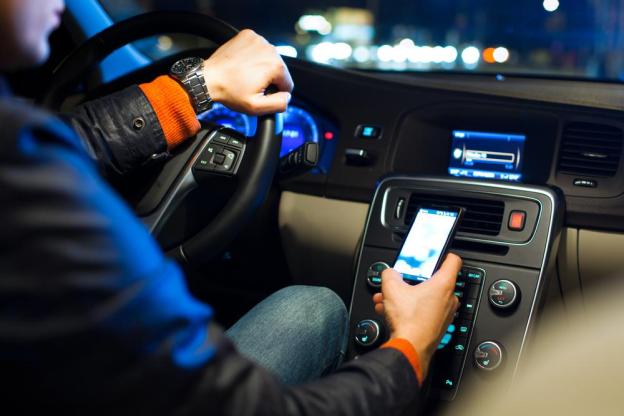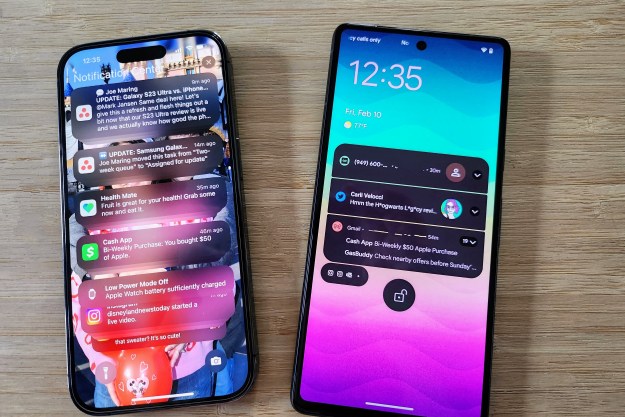
Ever have that one friend that’s always looking at his or her smartphone? Well according to a new survey from McKinsey & Company, many drivers happen to fall under that category.
Of nearly two thousand surveyed drivers, 35 percent admitted to using their smartphone while behind the wheel. To break it down even further, 89 percent of those who use their phone while driving voted that they use their device for making phone calls. With 68 percent of the vote, the second most popular smartphone task was navigation. In third was using SMS-based text messaging at 39 percent, and surfing the Web or using social networks placed in fourth with 31 percent.
The report, titled “Mobility of the Future,” also revealed some insight as what age group these drivers tend to fall into. Fifty-five percent of those between the ages of 18 and 39 that were polled said they feel the need to stay connected via mobile devices while in the car. However, only 27 percent in the 40 to 69 age range said the same.
The full report was conducted in June 2012 and reached a total of 4,000 people. Answers from 3,673 were used in the survey, but only 1,949 of these people answered questions about using smartphones while driving.
McKinsey’s findings were revealed at the Detroit Auto Show, but did not provide much detail as to the types of phones used while driving. It’s worth noting that any type of distraction while operating a motor vehicle can be dangerous. A similar report conducted in the UK this past August found that fiddling with Facebook updates while driving could make drivers more likely to drift across lanes or hit the car in front of them, according to Tech Radar.
This type of behavior has pushed UK car insurance company esure to launch an app that addresses these issues. DriveOFF uses GPS technology to automatically disable audio and visual notifications while driving over 10 miles per hour. It’s currently available for free for Android devices, but there’s no word on when this could hit iOS smartphones and tablets.
This isn’t the first report to surface in recent months about the dangers of smartphones. Over the summer, a study outlined the dangers pedestrians face when texting while walking.
Editors' Recommendations
- How to get new emojis on your iPhone or Android device
- How to stop spam texts on iPhone and Android phones
- I used a new type of smartphone that could replace Android
- How to use your iPhone’s new Journal app in iOS 17.2
- Apple’s new in-store device aimed at improving iPhone setup process


